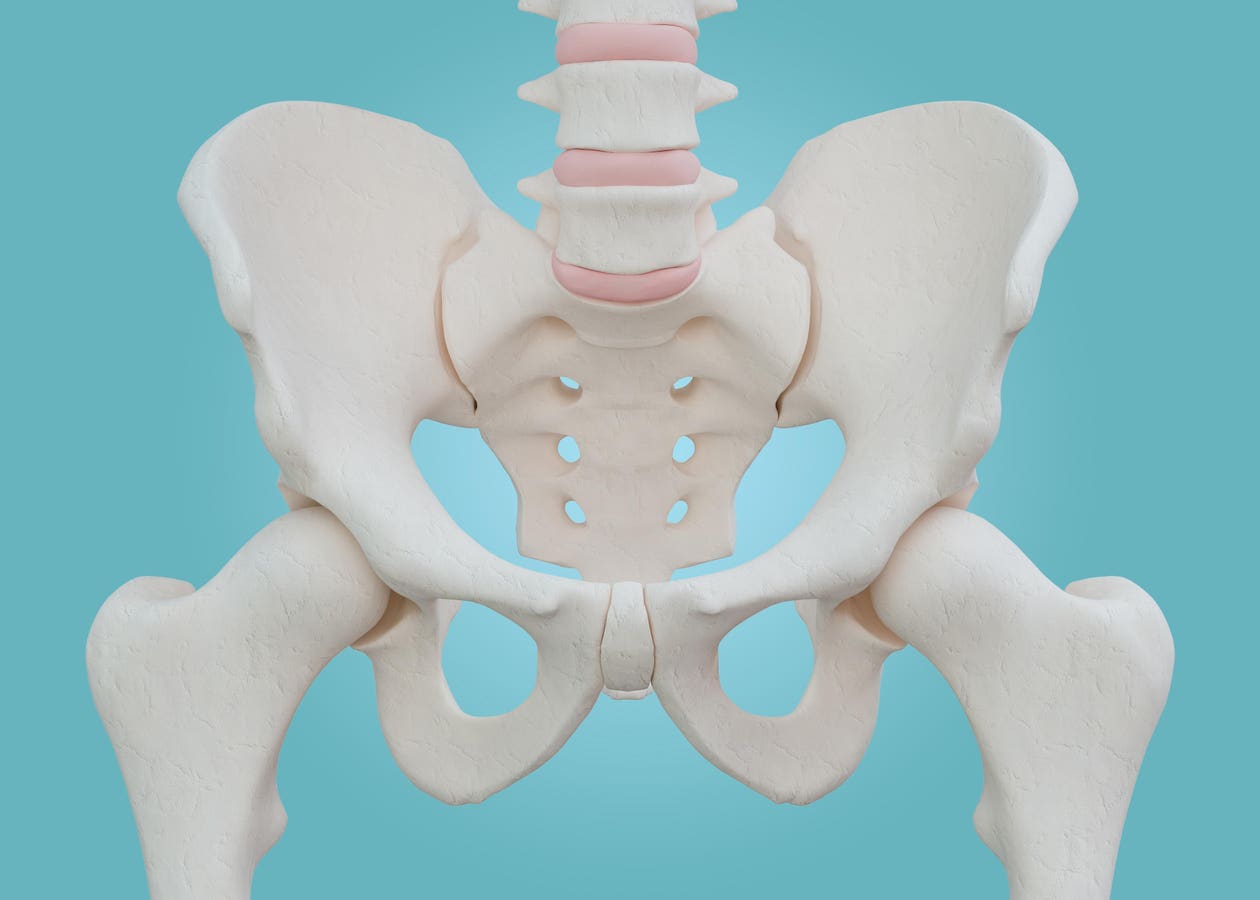Bones are the very foundation of our bodies, the scaffolding upon which everything else depends for support and structure. But with age, bones become more porous, increasing the risk of fractures and breaks. Although these may seem like minor injuries, they are anything but. An eye-opening new study reveals that hip and spine fractures in older adults have lower survival rates than many types of cancer.
These Old Bones
To study the impact of fractures on the life expectancy of older adults, a group of Canadian researchers scoured the databases of the public healthcare system in Ontario, Canada. They compiled data from nearly 100,000 individuals, all of whom were older than 65 and had suffered from a documented fracture either in the hip or the spine. Each participant was then matched to a control group of the same age, none of whom had suffered a recent fracture.
The findings were stark: less than a third of men and half of women in the fracture group survived for more than five years post-fracture. The outcome was only slightly better for spine fractures. And, the older the participants, the lower the rate of survival — those aged 85 and above had the worst outcomes. For reference, the five-year survival rate for patients between 60 and 79 diagnosed with any kind of cancer is 64%. Even in patients aged 80 and above, the survival rate for any kind of cancer diagnosis is still around 43%, noticeably higher than for hip fractures.
While women had better overall survival rates, they were more likely to end up with a fracture in the first place. This is because men generally have denser bones, granting them slightly more protection against damage. Also, women who have gone through menopause no longer produce estrogen, which is an essential hormone for bone health.
The scientists also discovered that the first month following a fracture is the most critical period, with the most dramatic reduction in survival happening at that time. This was true across the board, no matter the age or sex of participants.
Implications
This study provides a number of important findings. First, it highlights the danger that bone fractures —in particular, hip and spine fractures— pose to older adults. With five-year survival rates worse than for many kinds of cancer, the risk of fractures should not be overlooked. Next, the scientists managed to pinpoint the first month after a fracture as a decisive period of time. Effective clinical intervention during that time could help significantly cut down on fracture-related deaths. Medical practitioners need to keep an eye out for the vicious “frailty-fracture” cycle that certain patients may become caught in. Essentially, when a fracture and the subsequent bedrest make a patient frailer, thus making them more prone to future fractures.
The findings also point us towards the age-old adage that prevention is better than cure. Maintaining strong, dense bones should be a top priority for older adults. This means exercising frequently, especially weight training, which helps boost bone health. It also means eating a protein-rich diet to keep bones and muscles strong. Strong muscles allow for good balance, and good balance reduces the risk of accidental falls.
Read the full article here





